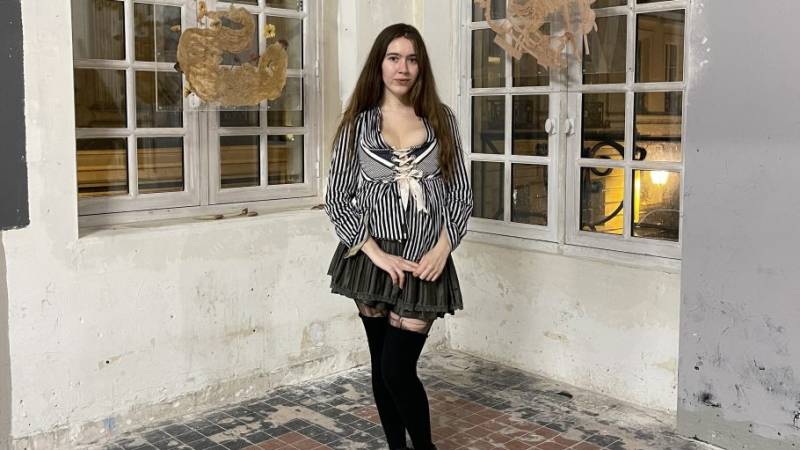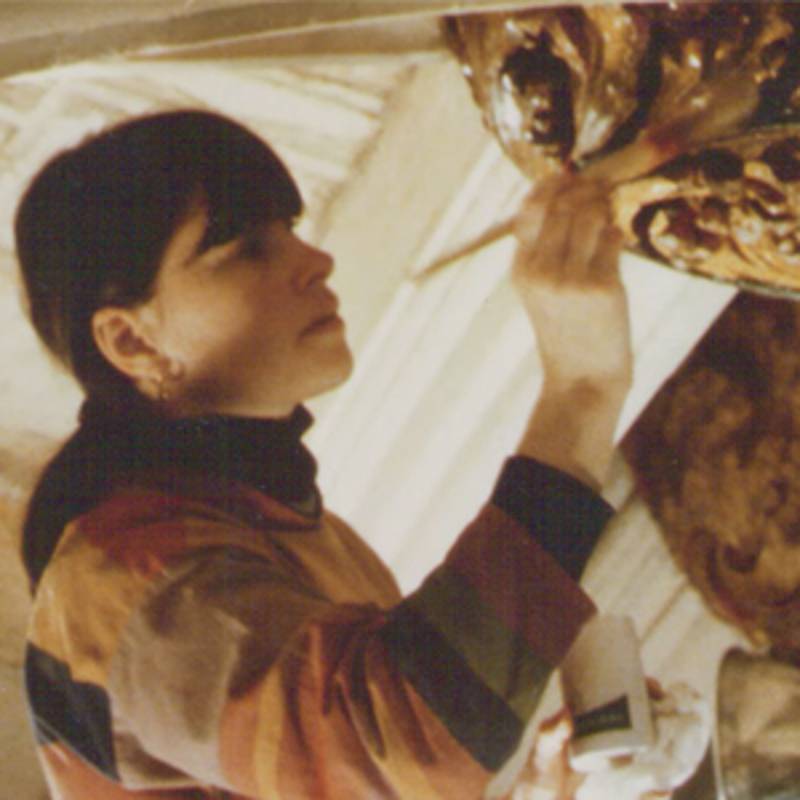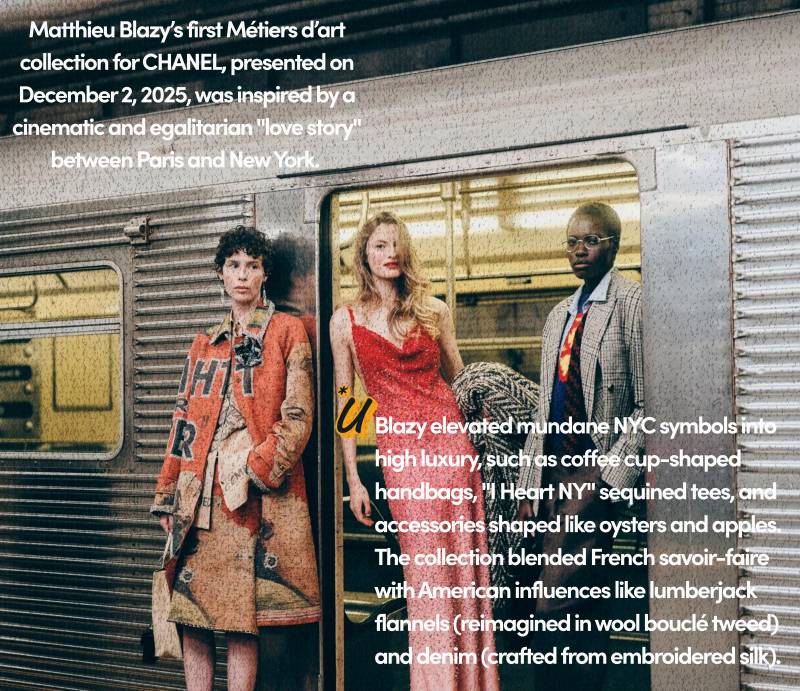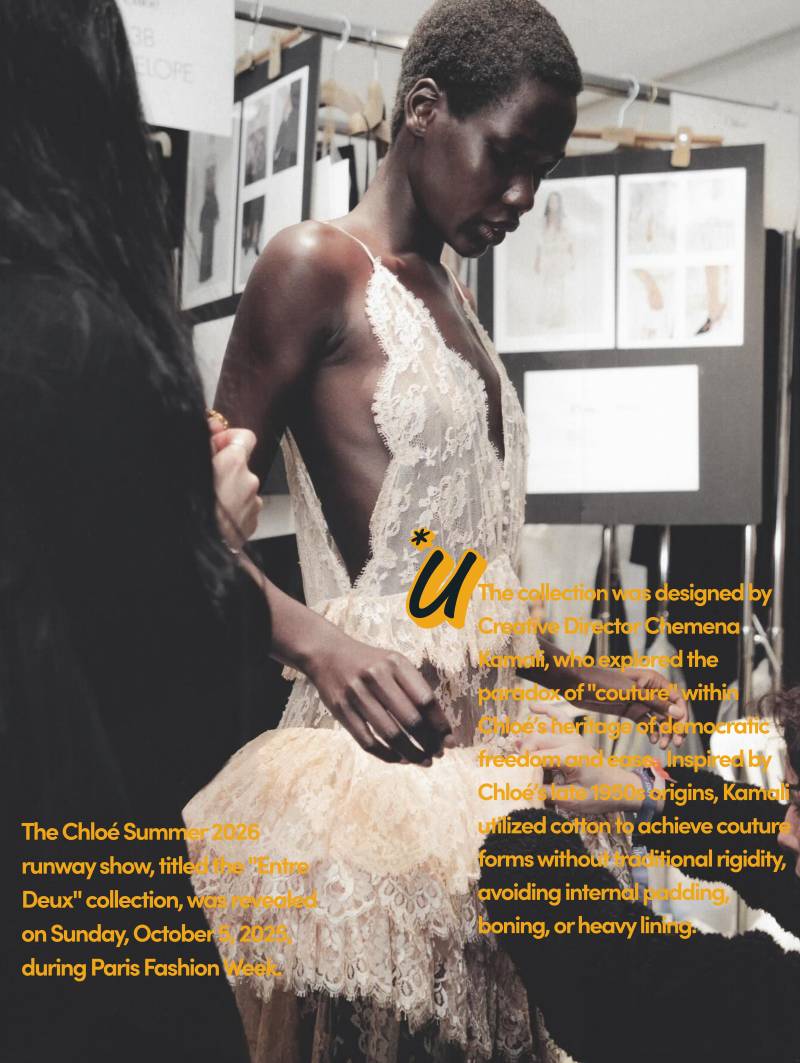BODY OF WORK: “Anything could happen, I could take a pair of scissors and slice away,” joked artist and couturier Michaela Stark ahead of her “Stark Naked” exhibition at Dover Street Market’s 3537 cultural center in Paris until Dec. 19.
But the point of her two-week showcase isn’t seeing the Paris-based Australian squeeze herself into sample-sized corsets in a replica of her bedroom, or even slice into unfinished toiles on loan from the archives of Jean Paul Gaultier at a performance during her Dec. 7 vernissage.
Nor is it her fragile designs, pressed between sheets of plexiglass and hung in front of the windows to draw the eye to the intricacy of their textures and asymmetric shapes.
What she is really showing are the quasi-graphic images where she questions beauty norms by featuring faceless models reshaped by her corsetry, created in collaboration with London-based Norwegian photographer Sølve Sundsbø.
Louis Vuitton Dedicates Windows Worldwide to the Late Virgil Abloh
A 2016 graduate of the Queensland University of Technology in Australia, Stark moved to Europe to pursue a career in fashion, working for fashion labels like Marine Serre and working as a costume designer for celebrities and advertising campaigns. A full denim look, with a corset and over-long jeans pooling on the ground were seen in Beyoncé’s 2020 film “Black Is King.”
After a one-year residency at Sarabande Foundation, established by the late Lee Alexander McQueen, in London, Stark returned to Paris and began experimenting by constructing garments and pushing her body into extreme shapes, owing to her long-held fascination with parts of the body usually hidden away, either unloved or considered unsightly.
Michaela Stark's photographic collaboration withSølve Sundsbø
Michaela Stark’s photographic collaboration with Sølve Sundsbø. SØLVE SUNDSBØ/COURTESY OF MICHAELA STARK
In each image, stomach bulges, skin dimples and hair bristles to the point of surrealism as the bodies are squeezed into position by Stark’s designs. And despite the experimental shapes of her pieces, she is adamant not to be pigeon-holed as “someone that makes conceptual fashion without understanding how to execute it,” which she says is a misconception about many London-based designers.
Describing the territory she explores as sitting between “beautiful and grotesque,” Stark sees this complete rejection of the still-prevalent aesthetics of smoothed-out limbs and artificially toned skin as empowering.
“For some reason, feeling your waist so small, your fat coming out and your body completely shifted is liberating. [On the one hand,] it’s celebratory of the parts of your body you feel insecure about or want to hide. It’s not you’re alone naked and eating pizza on your bed while watching Netflix,” she said.
While her work is purely analog, she sees parallels with the digital world. “People often see my work as body positivity, as [showing] the natural body, but none of it is actually the natural body,” she said, comparing the sculptural contortions to extreme contouring trends or digital retouching seen on social media.
“I feel like there is a beauty in them in real life that might get lost on the Internet,” where her work gathered her over 100,000 followers, “because everyone’s changing their body, their faces. There, anyone can make any garment look special,” she said.
SoURCEC;WD




